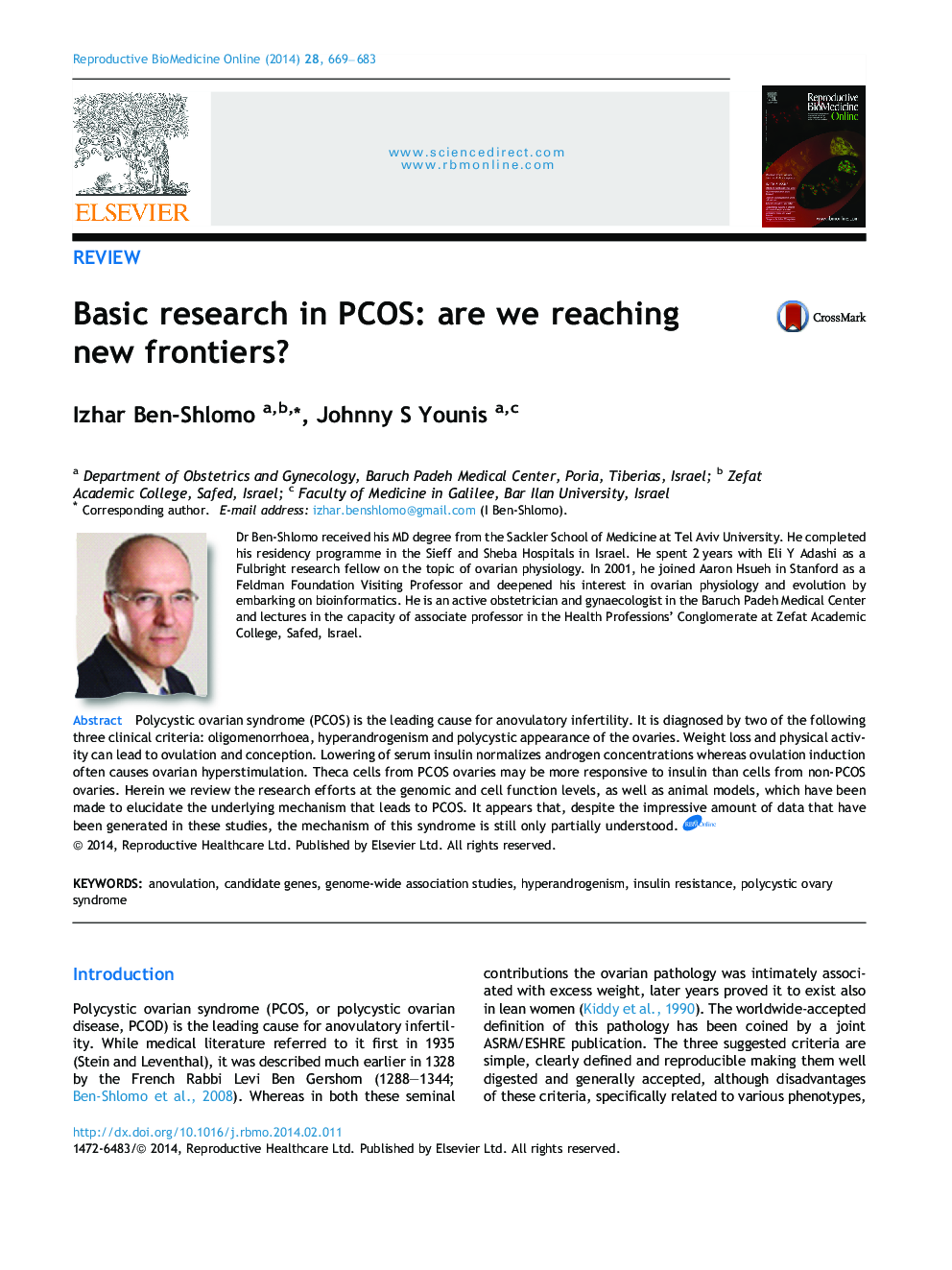| Article ID | Journal | Published Year | Pages | File Type |
|---|---|---|---|---|
| 3970326 | Reproductive BioMedicine Online | 2014 | 15 Pages |
Polycystic ovarian syndrome (PCOS) is the leading cause for anovulatory infertility. It is diagnosed by two of the following three clinical criteria: oligomenorrhoea, hyperandrogenism and polycystic appearance of the ovaries. Weight loss and physical activity can lead to ovulation and conception. Lowering of serum insulin normalizes androgen concentrations whereas ovulation induction often causes ovarian hyperstimulation. Theca cells from PCOS ovaries may be more responsive to insulin than cells from non-PCOS ovaries. Herein we review the research efforts at the genomic and cell function levels, as well as animal models, which have been made to elucidate the underlying mechanism that leads to PCOS. It appears that, despite the impressive amount of data that have been generated in these studies, the mechanism of this syndrome is still only partially understood.Polycystic ovarian syndrome (PCOS) is the leading cause for infertility, which is caused by anovulation. It is diagnosed by two of the following three clinical criteria: irregular and prolonged menstrual cycles, overt symptoms of excess androgens, which is revealed by acne and excess hair, and ultrasonographic appearance of the ovaries with multiple small follicles spread mainly near the ovarian surface, which gave it its name. Intentional weight loss and physical activity can lead to resumption of ovulation and not infrequently to conception as well. It was shown that lowering of serum insulin accounts for normalization of serum androgen levels, whereas ovulation induction with FSH often causes ovarian hyperstimulation. It is suggested that theca cells from PCOS ovaries may be more responsive to insulin than cells from non-PCOS ovaries. In this article we review the efforts to define the genes responsible for the syndrome and the studies at the cell function level, as well as animal models, which have been done to elucidate the underlying mechanism that leads to PCOS. Overall, it appears that despite the impressive amount of data that have been generated in these studies, the mechanism of this syndrome is still only partially understood.
